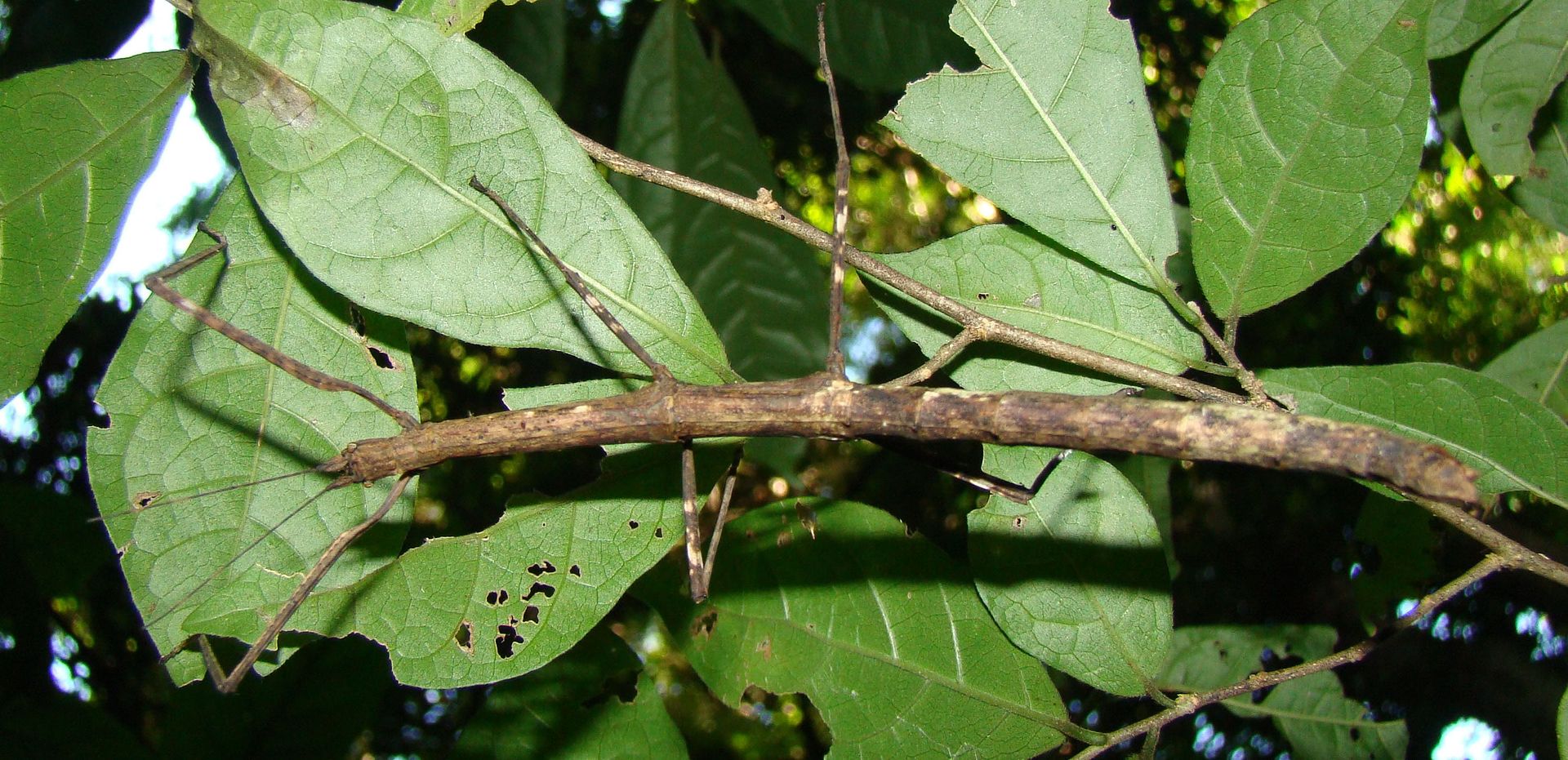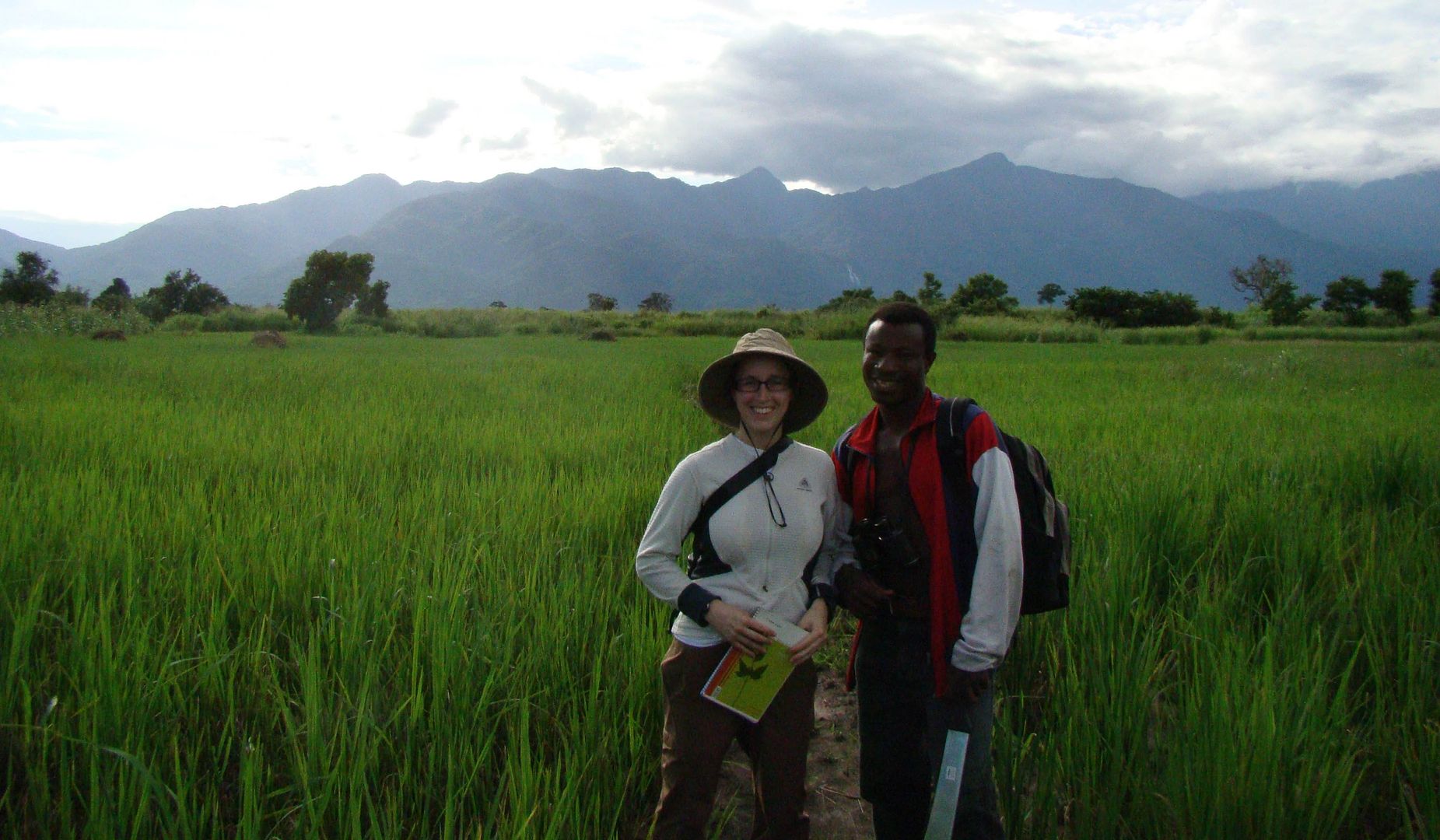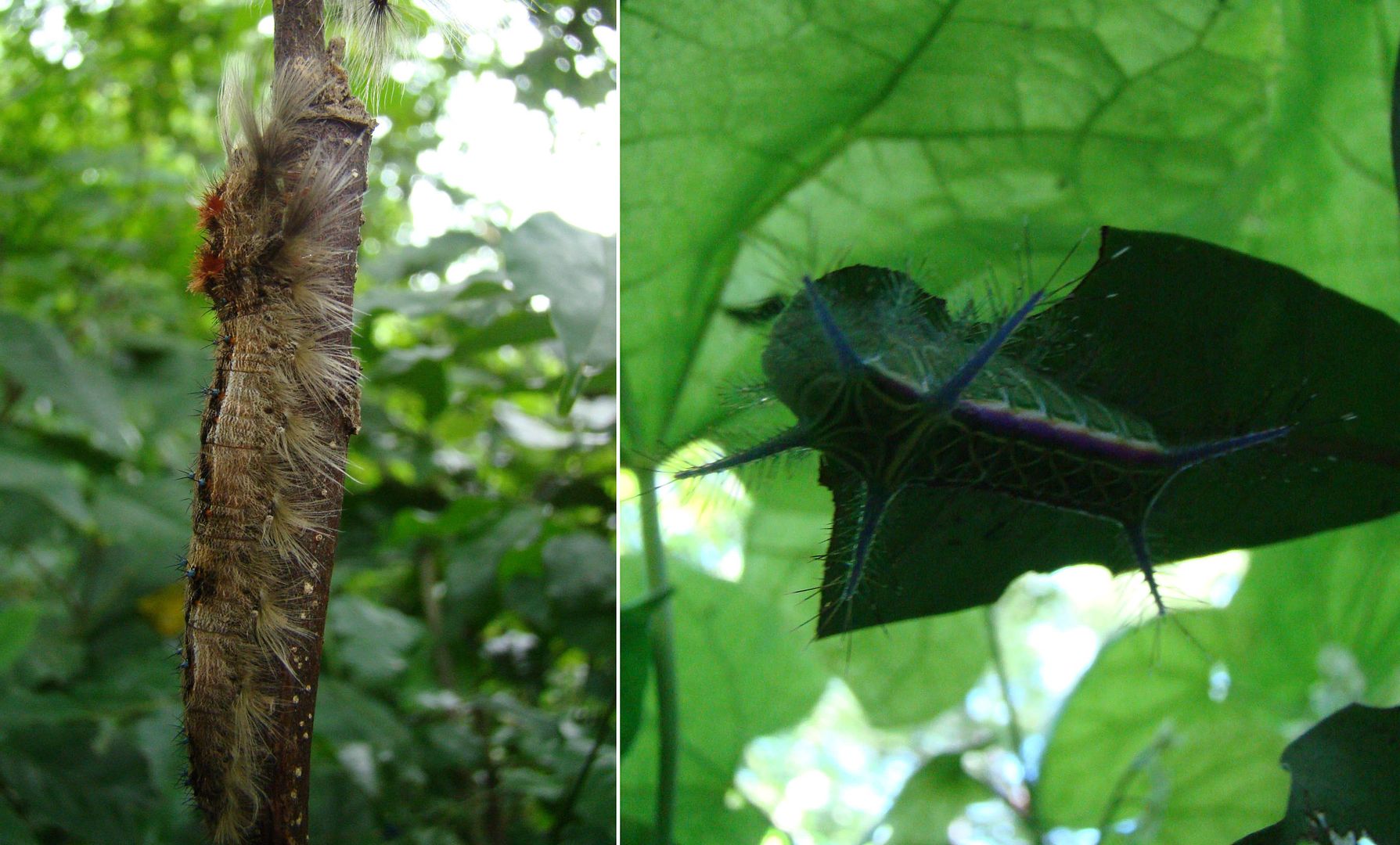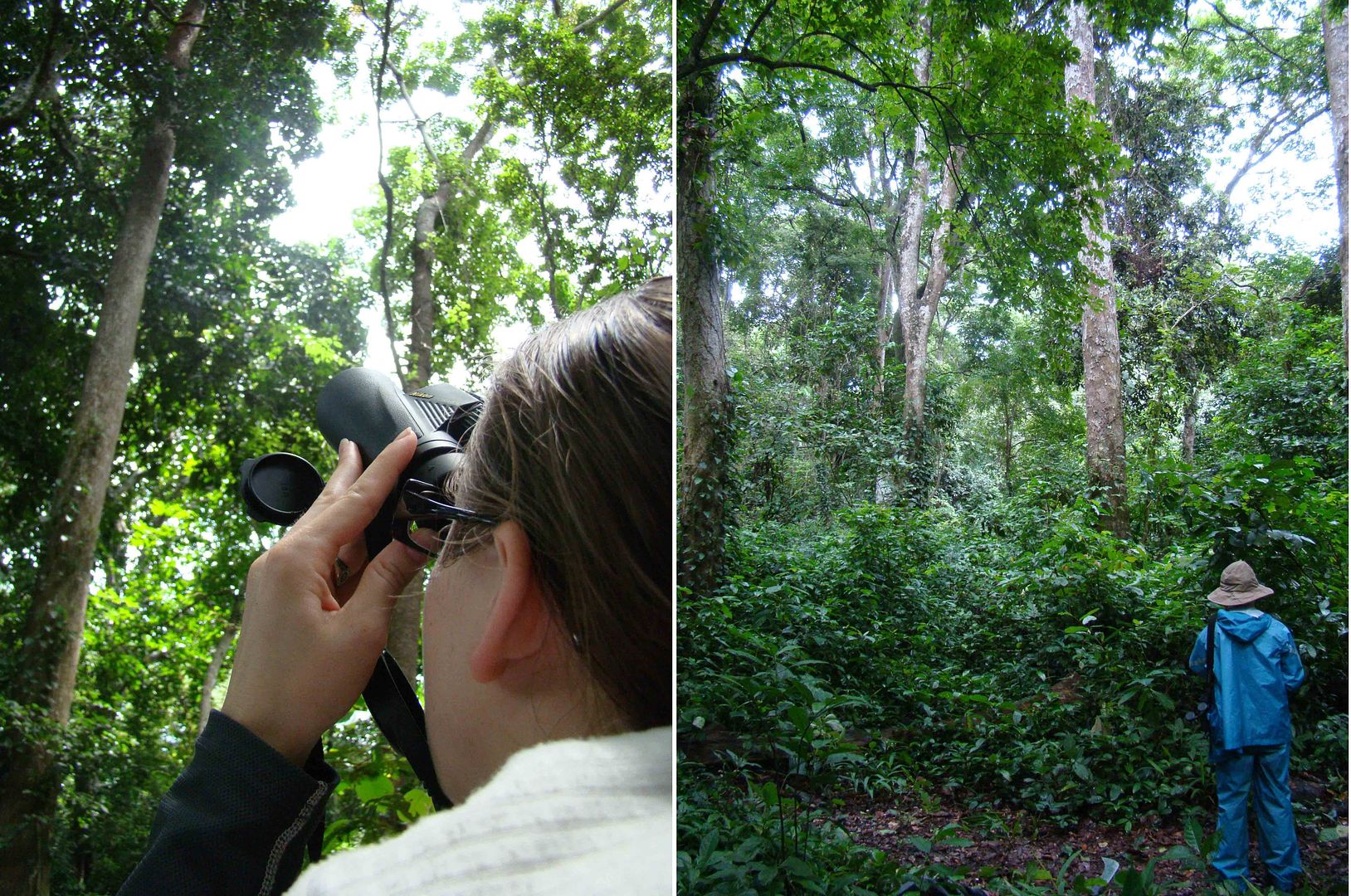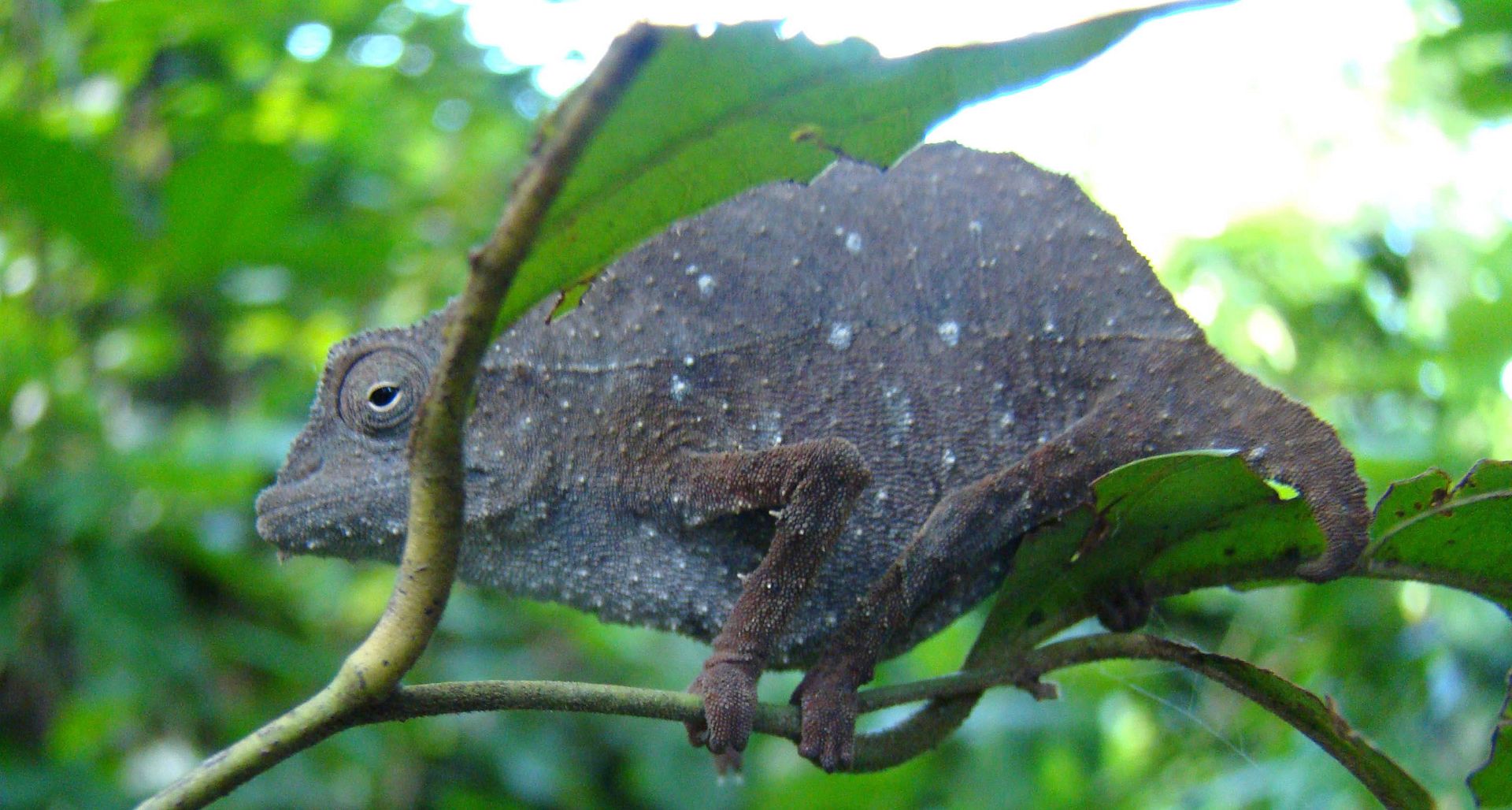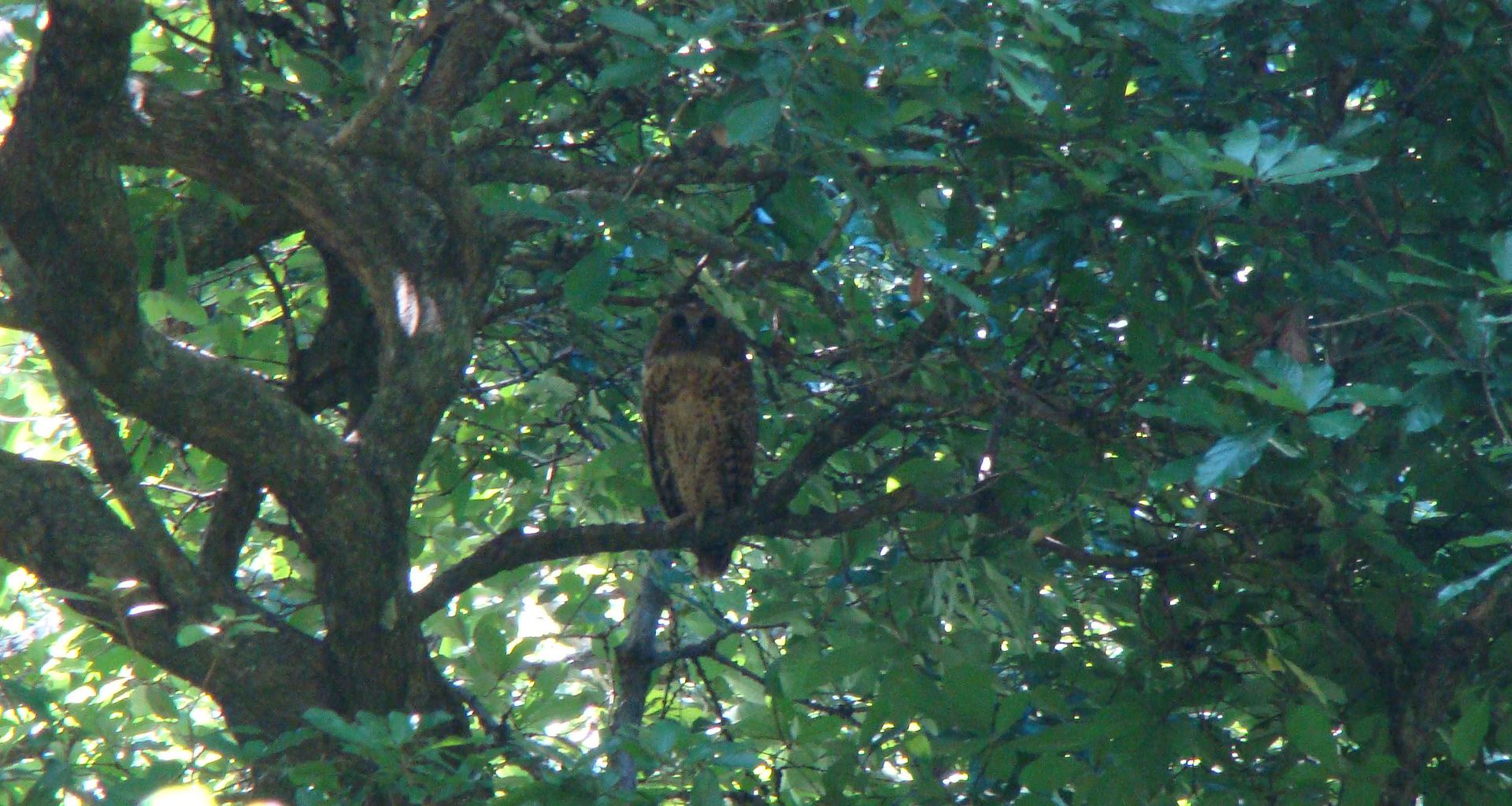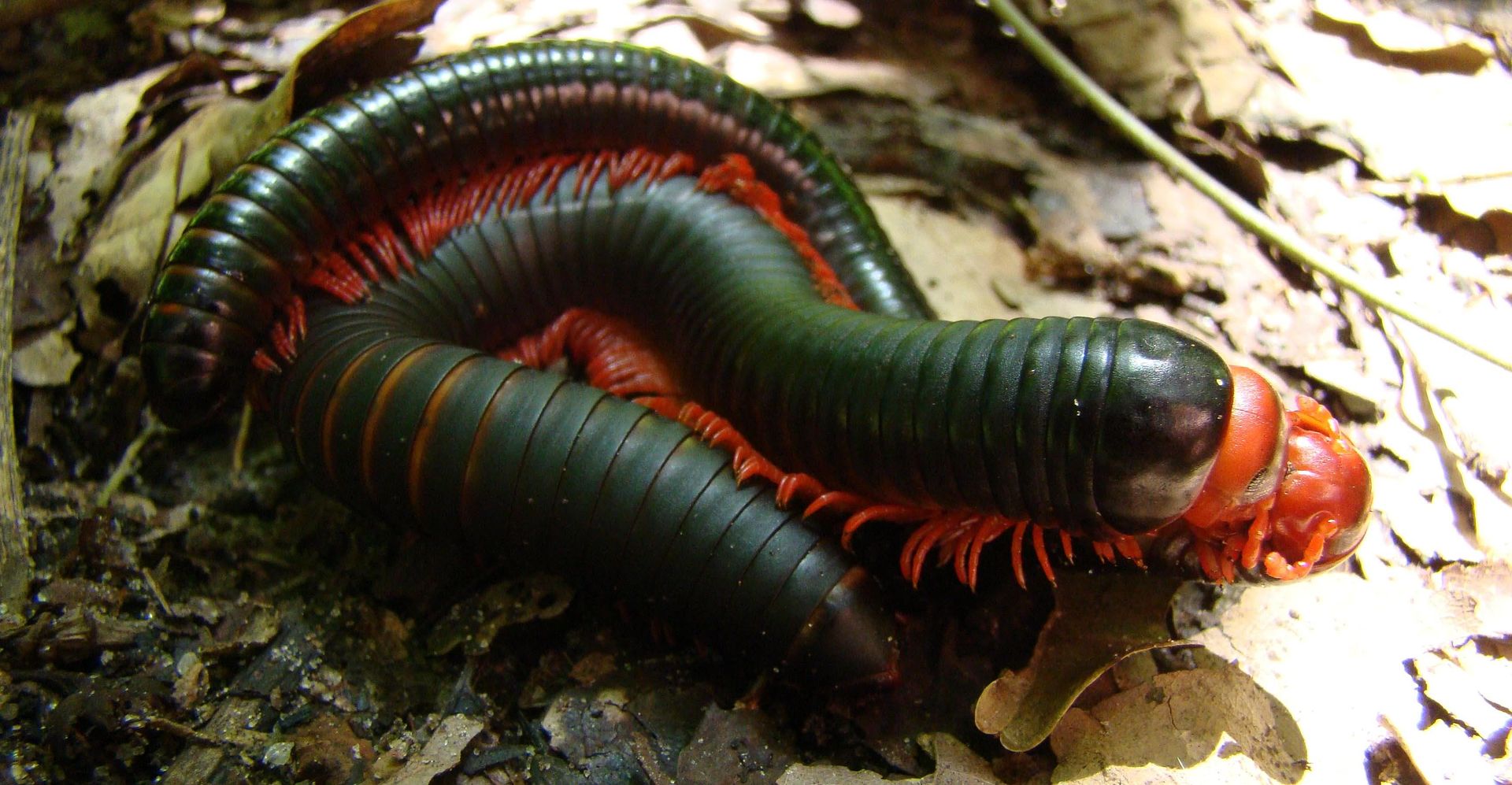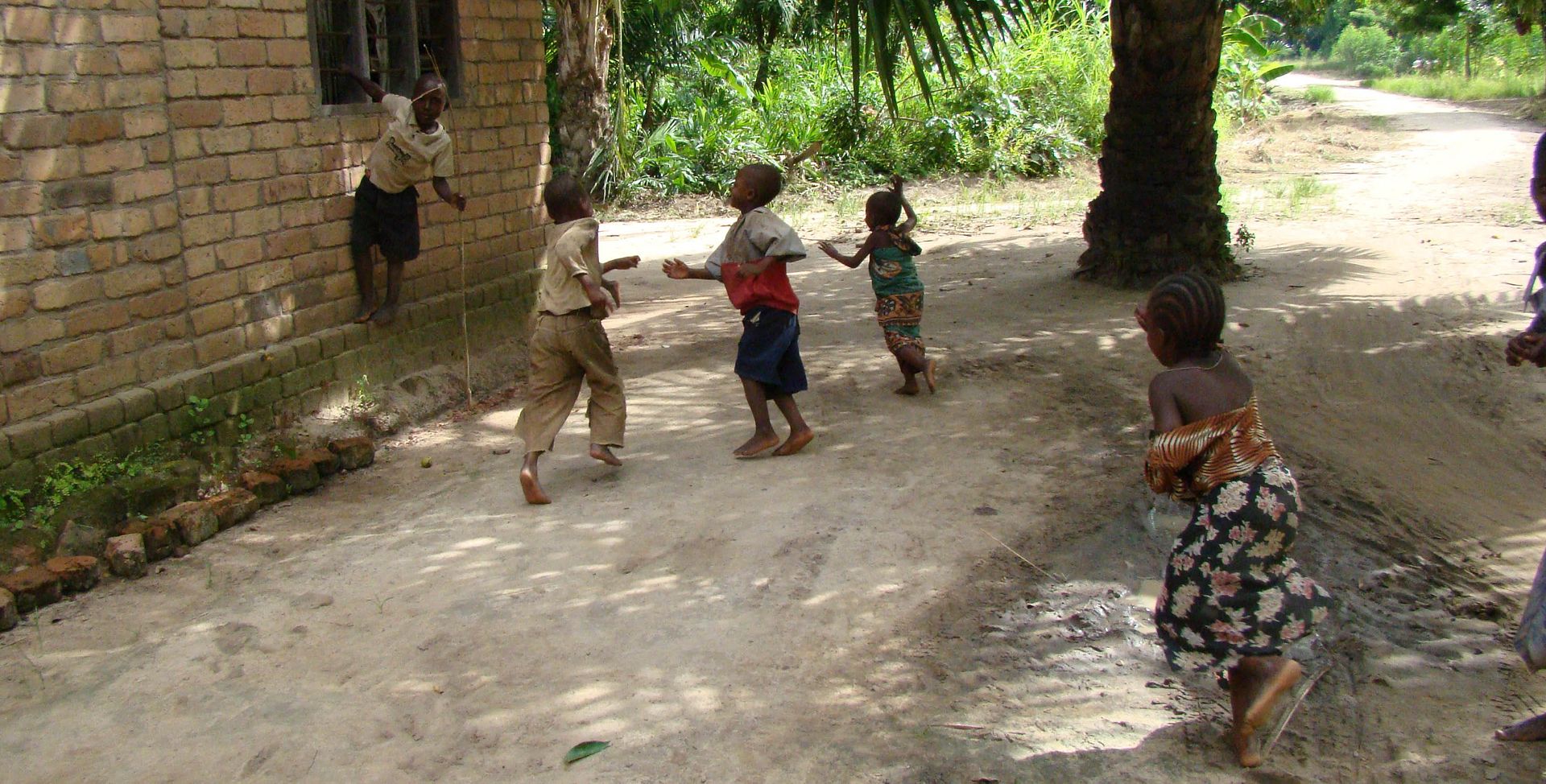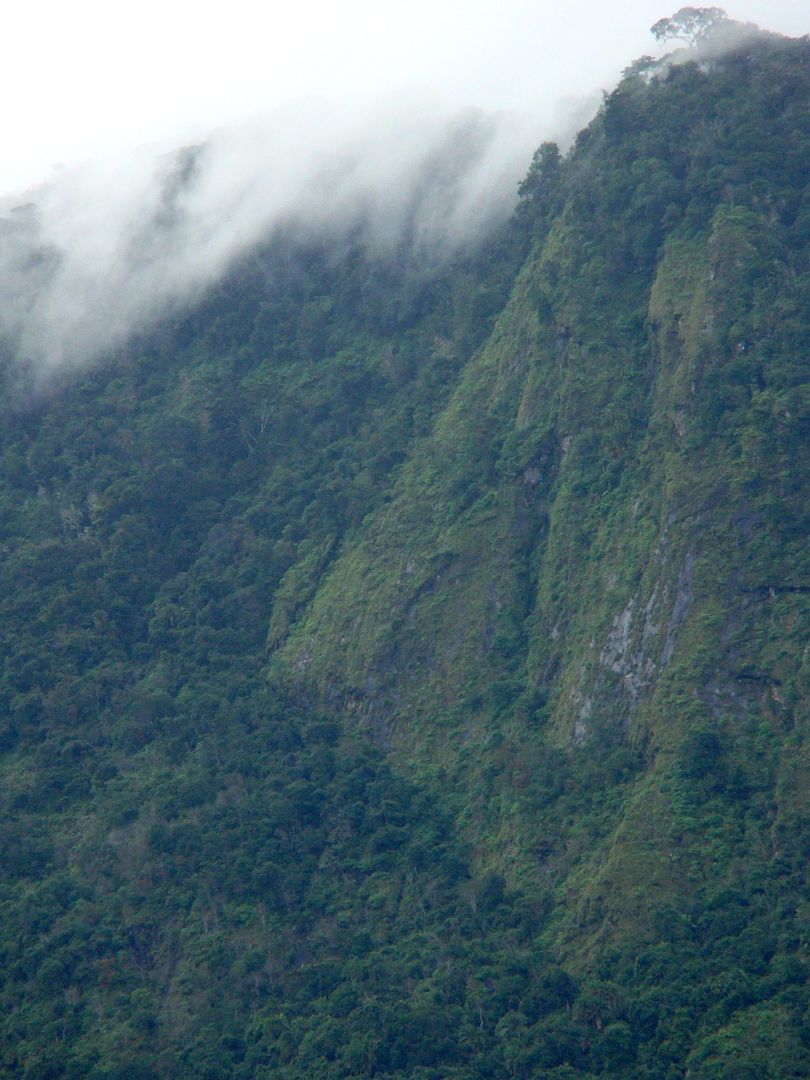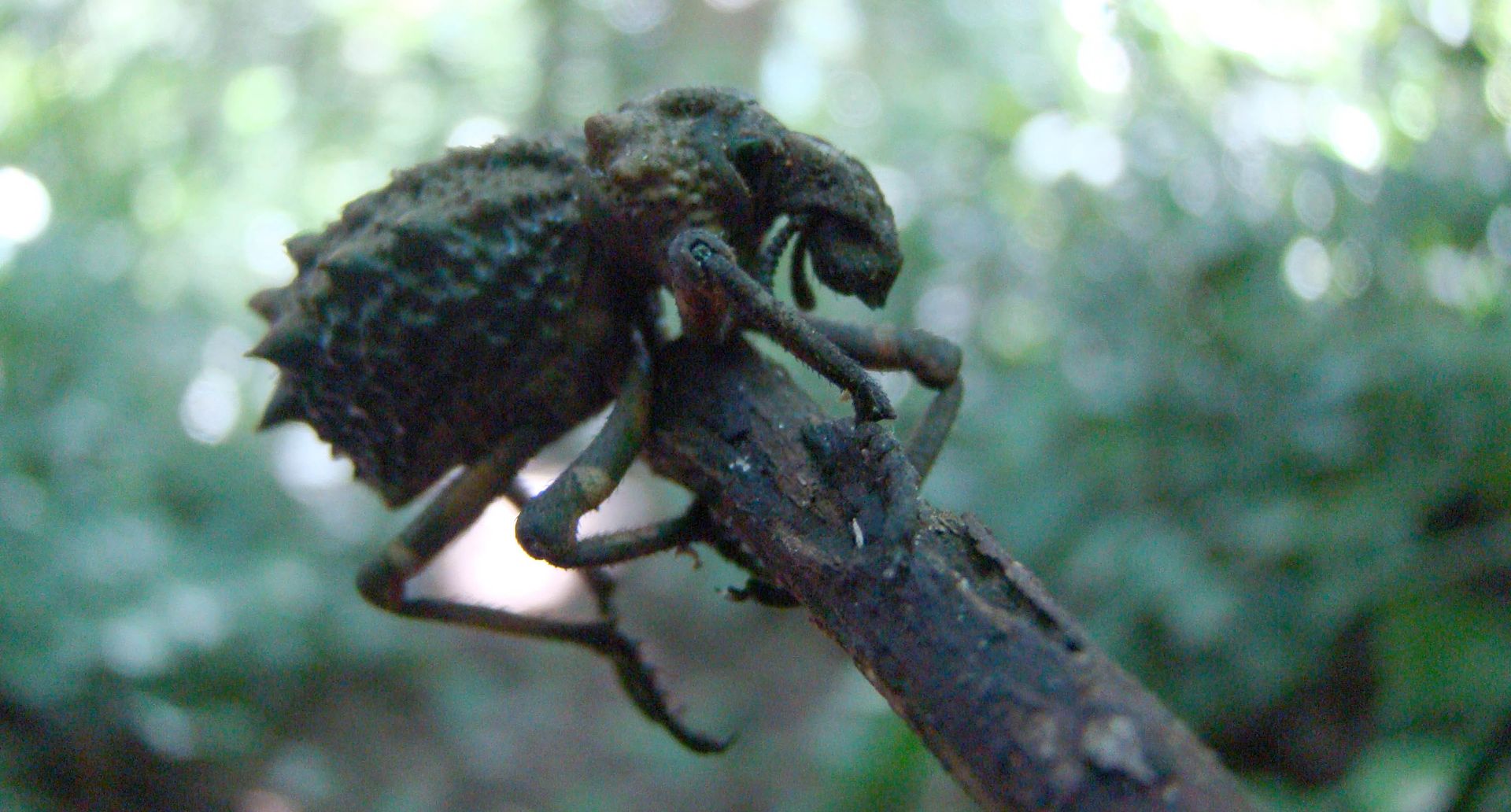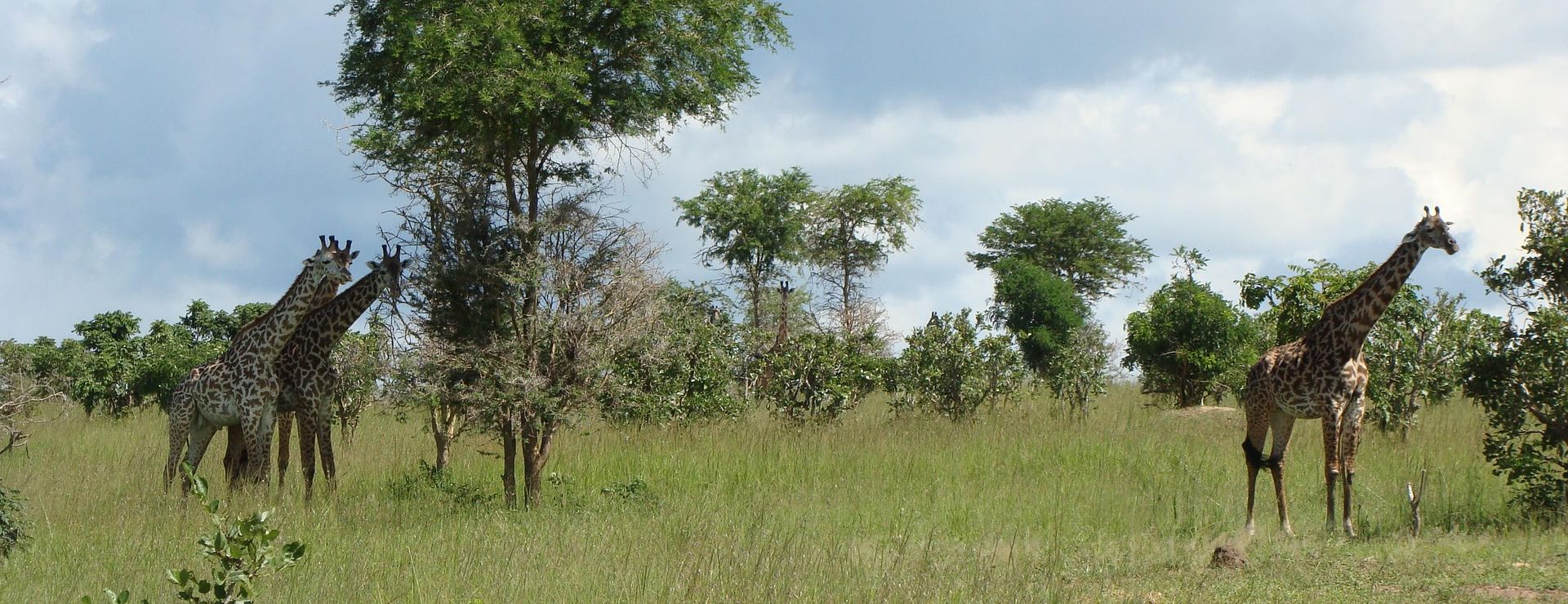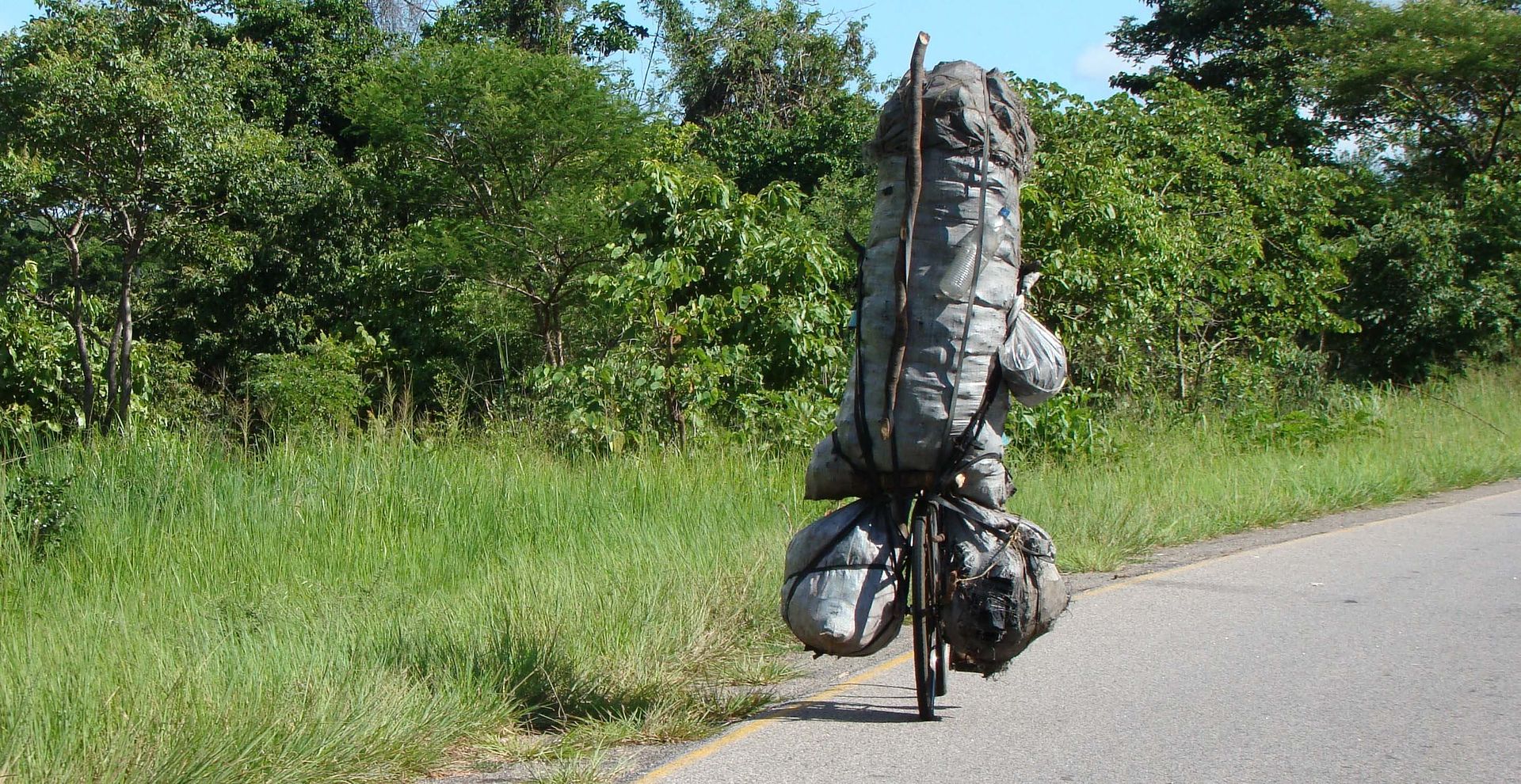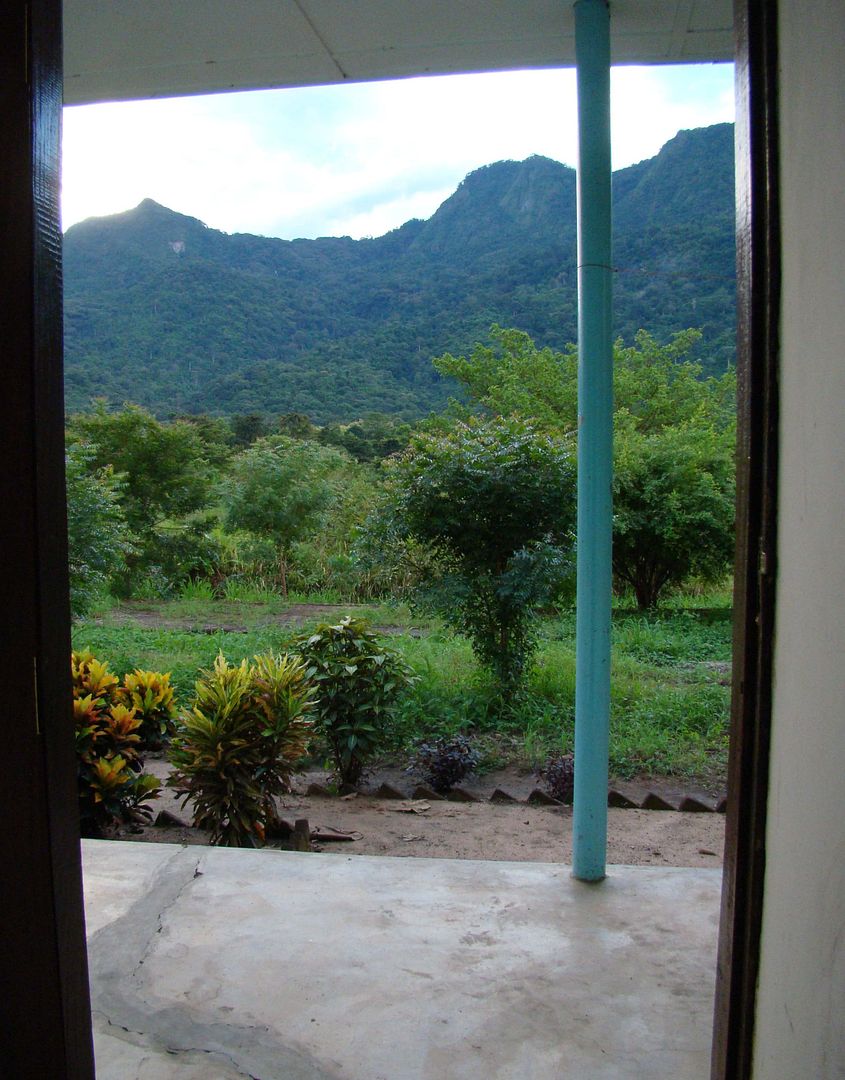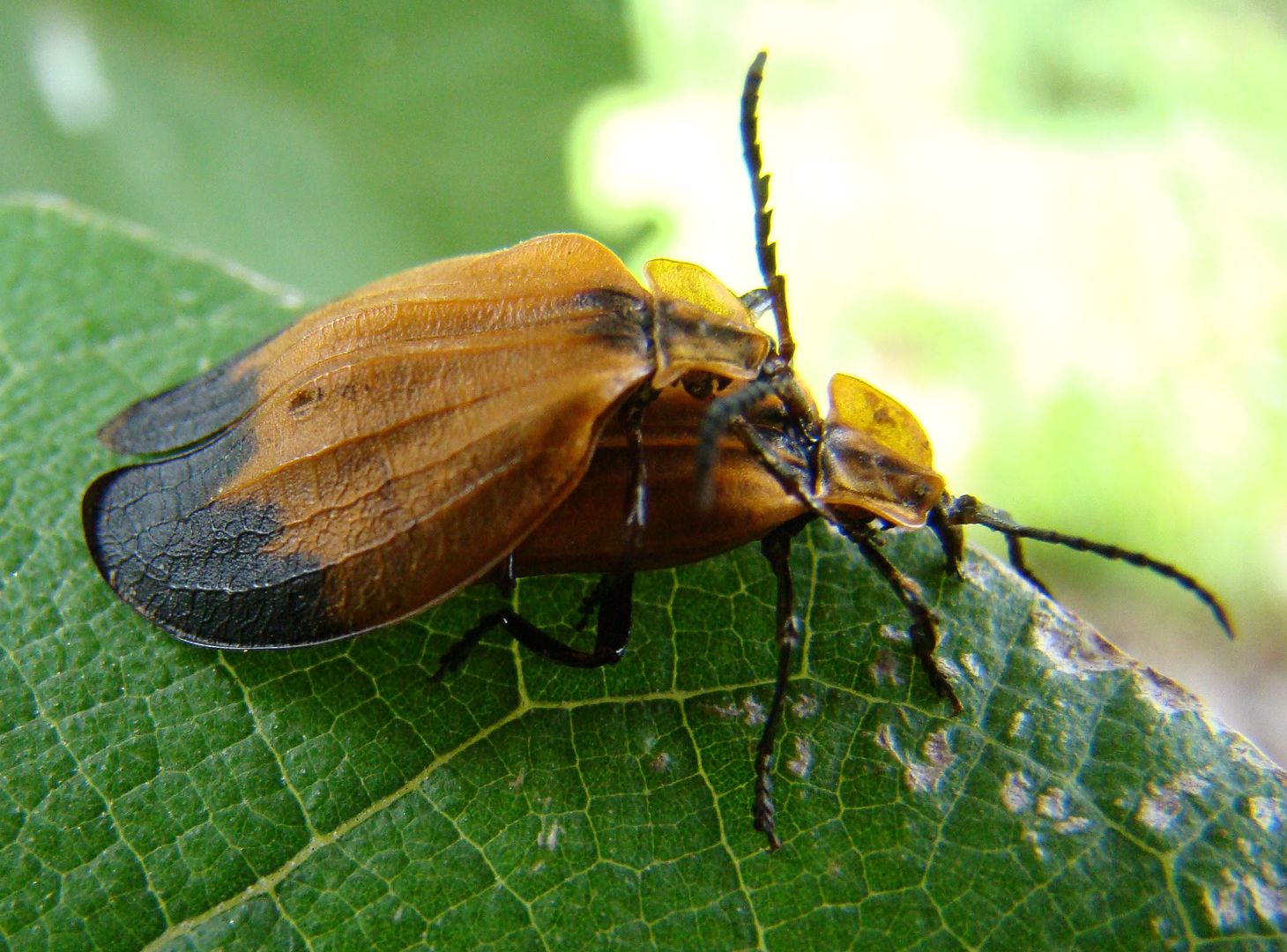I...need....water.....ahhhh
Water is fast becoming the world’s most precious natural resource. You can read about droughts in various parts of the world and about human conflicts over access to water supplies, but until it hits close to home most Americans won’t recognize the value of a clean clear glass of pure H2O! Lately, filtering and boiling our drinking water each day has made us a bit more appreciative. My limited experiences with water’s importance began in Humboldt county California where farmers went head to head with fisherman, environmentalists and local tribes over the water use rights of the Klamath River. Farmers wanted more water for their crops, but the river was drying up and choking on algae and weeds and the salmon which for eons swam up the river to spawn were cut off and left for dead with roe still in their bellies. For at least one year, an entire generation of Klamath River salmon never spawned. That sucked. After that, there were the massive fires in southern California which were fueled by dried up and diseased forests and there were the years of water shortages in San Diego and even in Durham when I moved to the east coast! It seems that anywhere I go, the story is the same.
We are becoming aware that Tanzania is on the brink of water related calamity. The country is mostly dry savannah. The water that falls here comes in air-born moisture during the rainy season from the coast passing right over the savannah and rains when it meets the interior mountains of the eastern arc. This would simply run off over the hard packed, cracked and cemented dry soil back into the ocean if not for the rain forests on the lower mountain slopes which help to keep the water in the system throughout the dry season. As I’ve mentioned before, about 50% of Tanzania’s electricity is generated from this water and of course it’s also used for farming. The Ruaha is the largest river in our area and it supports all kinds of animals from elephants and hippos to crocodiles as it flows across the country, spreading into a huge wetland at the coast. Apparently, and we just learned this, the Ruaha DRIED up for the first time ever during the dry season in 1993! This caused the riverbed and feeding wetlands to dry out and harden and for many animals to die of thirst and poisoning from drinking the remaining contaminated pools of water. Electricity shortages, desertification and stories like the one above are becoming a huge problem for Tanzania because people have moved into the limited forested area and have been cutting trees for fuel and to clear areas for farms which also siphon off water from the river. When the trees are gone, the whole country will dry up and blow away. Of course it sounds like a story that we’ve all heard a million times! The rainforest is disappearing and humans are consuming at an unsustainable self destructive pace. Indeed. So why do I even bring it up if it’s so common and inevitable? One, because this is really a blog about the zombocalypse and who says this isn’t one more click of the pawl on the big gear? Two, to explain this next photo- which is not so clear! Aloyce and I snuck up on these folks cutting trees and harvesting wood from Magombera. Ruth is infuriated because it’s also destroying the small remaining habitat of so many threatened species including the Red Colobus she’s studying. There is some concern at high levels of the government for the future of Tanzania’s ecology and so wood harvesting has been outlawed and entire villages evacuated from critical forests, but individuals do what they must to feed and shelter their families. There lies the rub. We see people chopping wood just about every day. 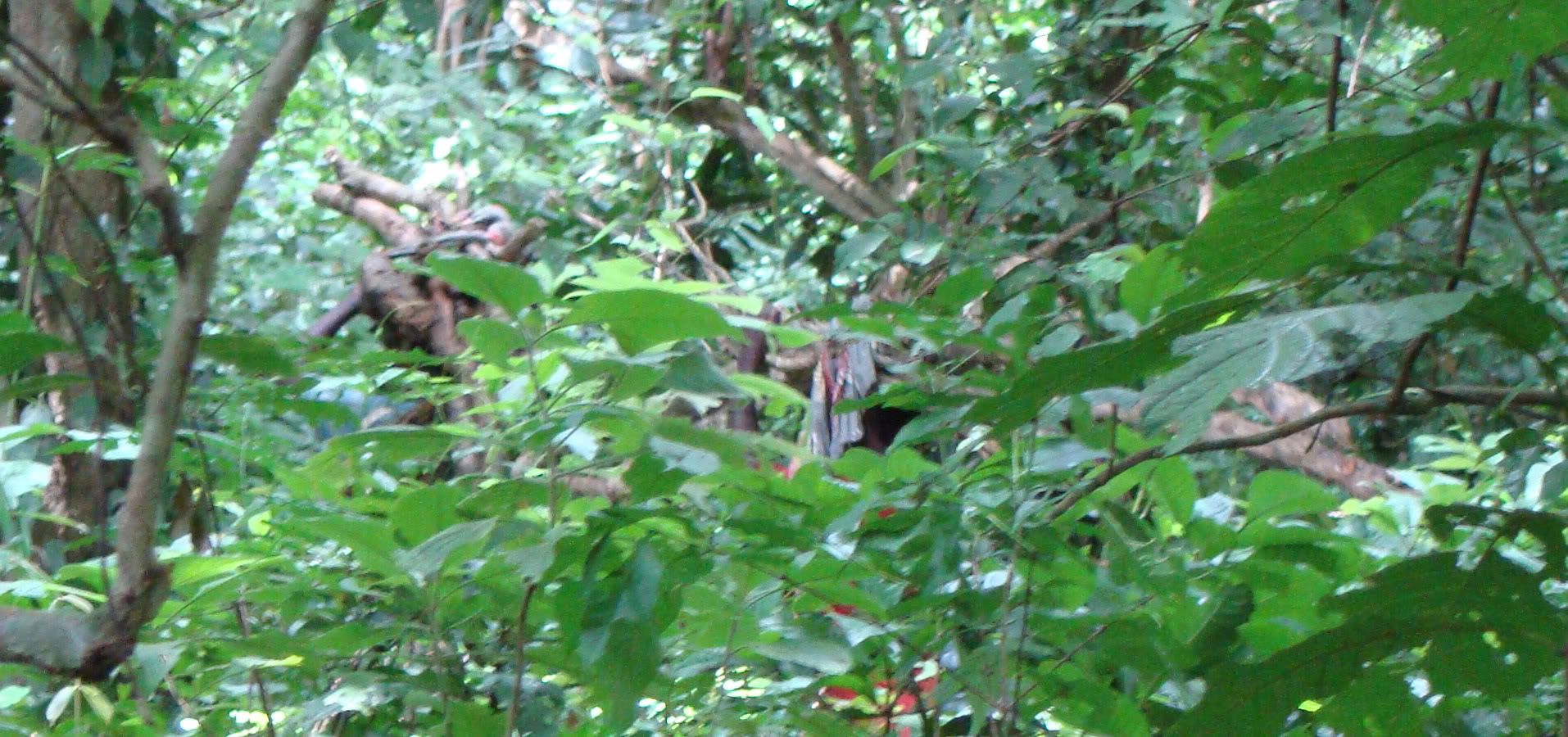
OK, enough of that! It’s Mdudu time. Let’s be glad that there are enough trees left for this bug to hide. We never would have seen this sucker if it wasn’t for Aloyce pointing it out because its camouflage technique is THAT good it can fool two sharp eyed wazungus from the city. In fact, you might recognize this bug from the movie Master and Commander where it inspired one of my favorite fictional characters, Jack Aubrey, to sneak up on, surprise and engage superior forces in a climactic cinema (cinematic?) marine battle. 